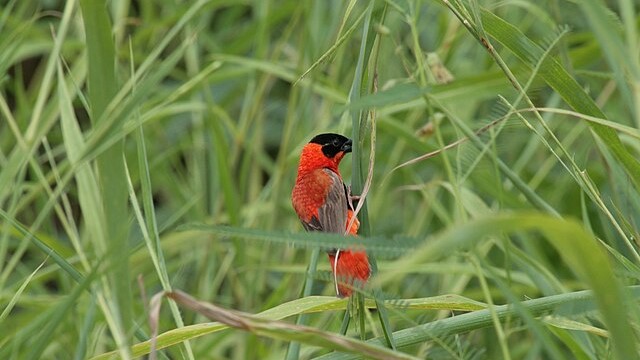At first glance, Gambia might seem too small to contain the vastness of Africa’s wildlife. Yet for birdwatchers, this narrow stretch of land carved around its namesake river has become one of the continent’s most compelling destinations. With more than 600 recorded species, The Gambia’s landscapes—wetlands, mangroves, savannahs, and forests—form a mosaic of habitats that attract both resident and migratory birds in astonishing variety.
The River Gambia, winding like a spine through the heart of the nation, serves as both lifeline and sanctuary. Along its banks, pelicans glide effortlessly while herons stand motionless in the shallows. Kingfishers flash their iridescent blues and oranges as they dive for prey, while the commanding cry of the African fish eagle carries across the water. The river doubles as a crucial stopover for migratory species journeying between Europe and Africa, turning its wetlands into an international crossroads of avian life.
Venturing inland, the country’s ecological diversity reveals itself in full. Savannah woodlands and mangrove forests provide habitat for the African Grey Parrot, whose intelligence and charisma have made it one of the world’s most recognizable species. The Bearded Barbet, with its vivid red plumage and thick bill, stands out among the foliage, while the African Paradise Flycatcher trails long, elegant tail feathers through the canopy. More elusive sightings, such as the jewel-toned Pygmy Kingfisher, keep even seasoned observers on edge with anticipation.
The rise of eco-tourism has deepened The Gambia’s role as a birdwatching hub. Local guides, many trained through community-based conservation programs, bring both expertise and storytelling to excursions. Their knowledge extends beyond identification, weaving together details of behavior, habitat, and the cultural significance of particular species. Tours often double as lessons in conservation, underscoring efforts to preserve fragile ecosystems against pressures from development and climate change.
Timing plays no small part in the birdwatching experience. The dry season, between October and April, is the most favorable, coinciding with the arrival of migratory species. Cooler weather makes exploration more comfortable, while the concentration of birds near dwindling water sources increases the likelihood of remarkable sightings. For many visitors, the season transforms The Gambia into a stage where hundreds of species converge in dazzling proximity.
The country’s protected areas anchor these experiences. Abuko Nature Reserve, one of the oldest of its kind in West Africa, shelters not only birds but also monkeys and reptiles, creating a microcosm of biodiversity close to the capital. Along the Atlantic coast, the Tanji Bird Reserve provides another focal point, where wetlands and lagoons serve as feeding grounds for migratory waders. These sanctuaries stand as both tourist attractions and symbols of national commitment to conservation.
The appeal of birdwatching in The Gambia lies not simply in the species list, but in the rhythm of life that plays out across its habitats. From the deliberate stillness of a heron to the sudden flash of a kingfisher, the country offers moments of wonder in constant succession. For travelers, researchers, and enthusiasts alike, The Gambia has emerged as more than a dot on the map—it is a place where the air itself seems alive with movement, color, and sound.


